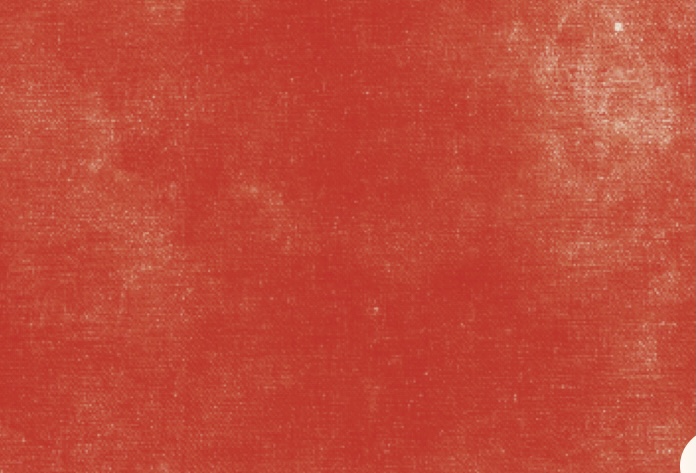
一、习惯上只用作表语
正:The baby is asleep. 这婴儿是睡着的。
误:Look at the asleep baby.
正:Look at the sleeping baby. 瞧这个睡觉的婴儿。
Who is that fast asleep boy? 那个熟睡的孩子是谁?
The boy asleep over there is my nephew. 睡在那儿的那个孩子是我侄儿。
二、习惯搭配问题
汉语的“睡得很熟”,英语习惯上用 fast [sound] asleep, 而不说 very (much, very much) asleep。如:
You will be fast [sound] asleep by the time we get home. 等我们到家时,你会睡得很熟了。
Don’t wake her up — she is fast [sound] asleep. 别吵醒她,她睡得正香。
三、惯用习语
fall asleep 是习语,意为“入睡”。如:
She fell asleep during the meeting. 开会时她睡着了。
He fell asleep (while) watching TV. 他在看电视时睡着了。
总结:高一英语语法惯用法:asleep的用法习惯就为大家介绍到这儿了,希望小编的整理可以帮助到大家,祝大家学习进步。
相关推荐
1. 表示到如此之距离,可视为far的加强说明,此时可根据情况选用时态。如: My feet are very sore from walking so far. 走了这么远的路,我的脚非常痛。 My mother lives so far away that we…[阅读全文]
从含义上看,两者是一组反义词,但它们在用法却极为相似: 1. 两者均可用于句首引出某人或某事物,此时若主语是名词,则倒装(即主语放在谓语动词之后)。如: Look, here comes the teacher! 瞧…[阅读全文]
扫码访问小程序中的本文













暂无评论内容